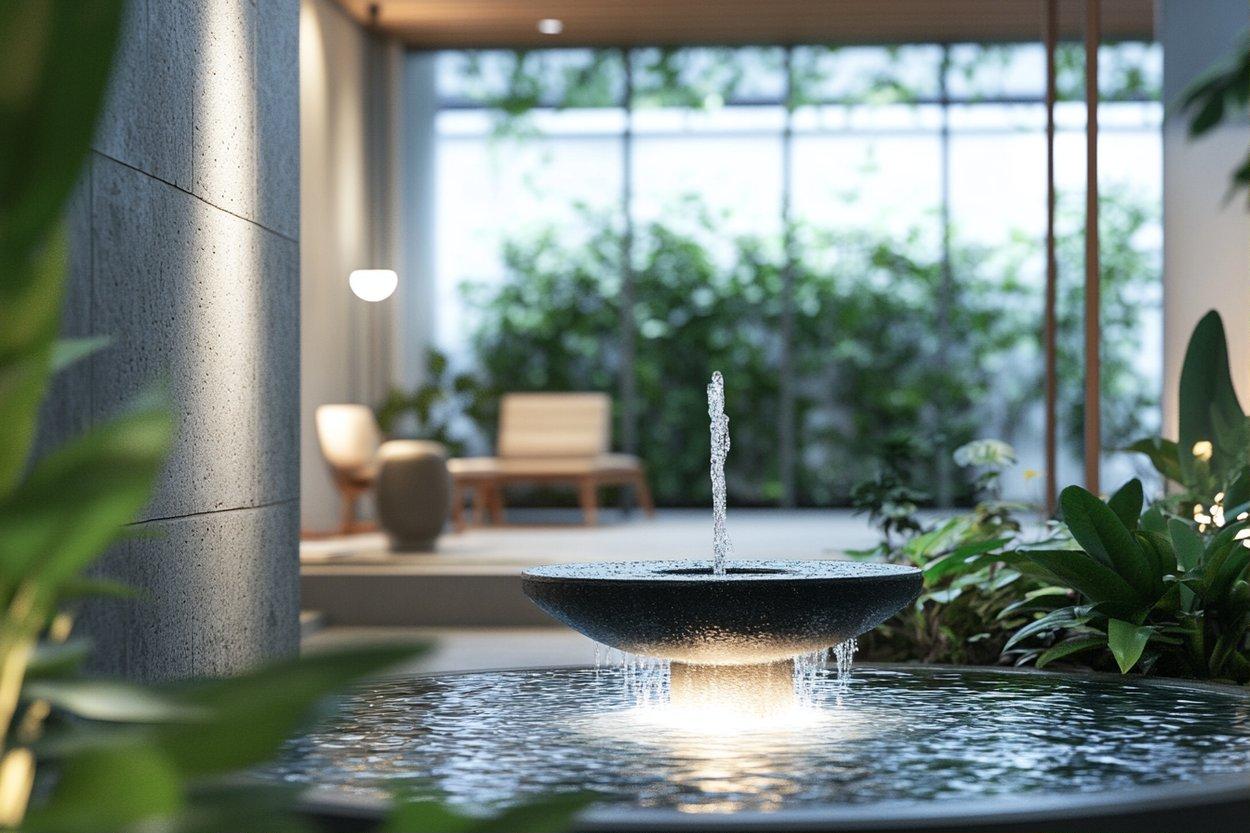Biophilic Design: Bringing Nature Indoors for Holistic Health
In an era where urban living and technology dominate our daily lives, a revolutionary approach to wellness is taking root. Biophilic design, the practice of integrating nature into our built environments, is emerging as a powerful tool for enhancing physical and mental well-being. But how exactly does bringing the outdoors inside impact our health? And can a few plants really make a difference in our overall wellness?

As urbanization accelerated, humans became increasingly disconnected from natural environments, leading to various health issues. Recognizing this problem, architects and designers began incorporating natural elements into built spaces, giving birth to modern biophilic design principles. Today, this approach is being adopted in homes, offices, hospitals, and schools, with remarkable results.
The Science Behind Nature’s Healing Power
Numerous studies have demonstrated the positive impact of nature on human health. A groundbreaking study by Roger Ulrich in 1984 found that hospital patients with views of nature recovered faster and required less pain medication than those facing brick walls. This research sparked a wave of investigations into the healing power of natural environments.
Subsequent studies have shown that exposure to nature, even in small doses, can reduce stress, lower blood pressure, improve cognitive function, and boost mood. The mechanisms behind these effects are complex, involving various physiological and psychological processes. For instance, the presence of plants has been found to improve air quality by removing toxins and increasing humidity, while natural light exposure regulates our circadian rhythms, improving sleep quality and overall well-being.
Key Elements of Biophilic Design
Implementing biophilic design goes beyond simply adding a few potted plants to a room. It involves a holistic approach that incorporates various natural elements and patterns. Some key components include:
-
Natural light: Maximizing daylight exposure through large windows, skylights, or light tubes.
-
Plants and vegetation: Incorporating indoor plants, living walls, or even indoor gardens.
-
Natural materials: Using wood, stone, and other organic materials in construction and decor.
-
Water features: Including fountains, ponds, or other water elements to create a calming atmosphere.
-
Natural patterns and forms: Incorporating organic shapes and fractals in design elements.
-
Views of nature: Providing visual connections to outdoor natural spaces.
Biophilic Design in Practice
The application of biophilic design principles is gaining momentum across various sectors. In the workplace, companies like Amazon and Google have embraced this approach, creating office spaces that blur the line between indoors and outdoors. These biophilic offices have reported increased employee productivity, creativity, and job satisfaction.
In healthcare settings, biophilic design is revolutionizing patient care. Hospitals incorporating natural elements have observed faster recovery times, reduced pain medication use, and improved overall patient experiences. The Children’s Hospital of Philadelphia, for example, features a rooftop garden where patients can connect with nature during their recovery process.
Educational institutions are also recognizing the benefits of biophilic design. Schools with natural lighting, indoor plants, and outdoor learning spaces have reported improved student performance, increased attendance rates, and reduced behavioral issues.
Implementing Biophilic Design at Home
While large-scale biophilic design projects are impressive, individuals can also harness the power of nature in their own homes. Simple changes can make a significant impact on personal well-being:
-
Maximize natural light by keeping windows unobstructed and using light-colored curtains.
-
Introduce a variety of indoor plants, considering factors like light requirements and air-purifying qualities.
-
Use natural materials in furniture and decor, such as wooden tables or stone accents.
-
Create a small indoor water feature, like a tabletop fountain, for a calming effect.
-
Incorporate nature-inspired artwork or wallpaper featuring botanical or landscape designs.
-
Position furniture to maximize views of outdoor green spaces.
Biophilic Wellness Tips
-
Start your day with nature: Spend 5-10 minutes outside each morning to boost mood and energy levels.
-
Create a biophilic workspace: Add a small plant or nature-inspired decor to your desk for improved focus.
-
Practice earthing: Walk barefoot on grass or soil for 15 minutes to reduce inflammation and improve sleep.
-
Use natural soundscapes: Play recordings of rain, ocean waves, or forest sounds to reduce stress.
-
Opt for natural cleaning products: Replace chemical cleaners with plant-based alternatives for better indoor air quality.
As we continue to navigate an increasingly urbanized world, the importance of maintaining our connection to nature becomes ever more critical. Biophilic design offers a promising solution, allowing us to bring the healing power of nature into our daily lives. By incorporating these principles into our homes, workplaces, and public spaces, we can create environments that not only look beautiful but also actively contribute to our physical and mental well-being. As research in this field progresses, biophilic design is poised to play a crucial role in shaping the future of holistic health and wellness.





